Chanel transported us to Sub-Saharan Africa for Métiers d’art 2022/23
When Chanel went off the beaten track to Sub-Saharan Africa for its most recent Métiers d’art show, the creative partnerships it formed spawned a dazzling collaborative exhibition.
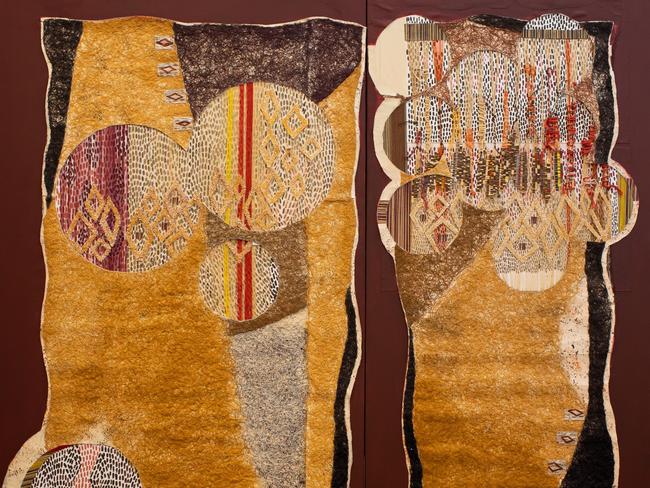
Two days after Senegal’s Lions of Teranga played in the 2022 FIFA World Cup quarter finals, a feat for the African nation (though not its first), French fashion house Chanel presented its annual Chanel Métiers d’art 2022/23 collection in the capital of Dakar.
I’m not conflating the scale of these two events, but I can vouch for the fact that the general energy on the ground at the show venue was heart-warmingly nation-proud and celebratory. Collection aside – a colourful, sartorial-inflected wardrobe that riffed on the soulful eclecticism of the 1970s – the event opened with the uplifting harmonies of Senegalese singer Obree Daman and his chorists – magnified by the acoustics in the immense inner courtyard of the former Palais de Justice – and a performance by local dance troupe L’École des Sables, led by the French choreographer Dimitri Chamblas. It was hard not to be swept away.
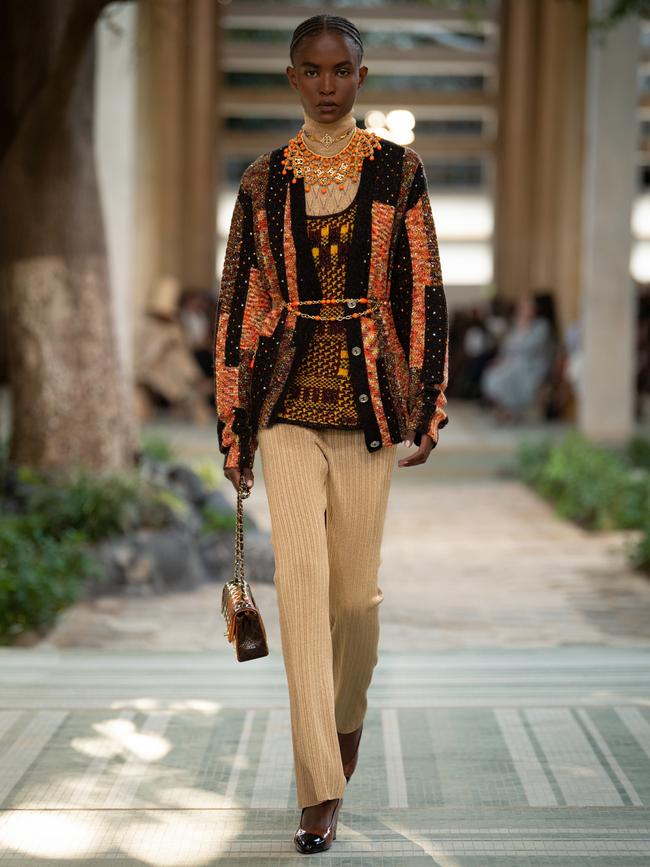
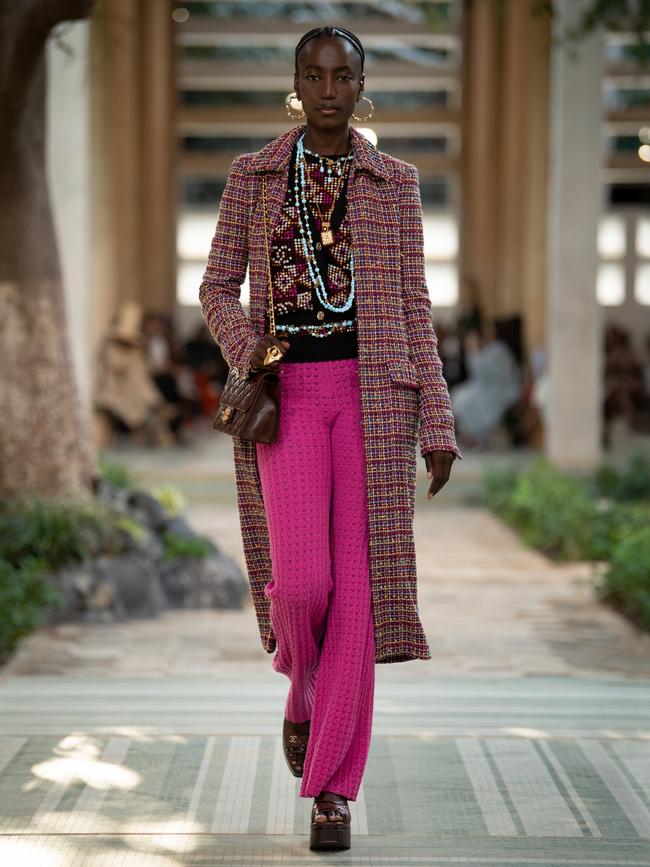
This was, after all, the first time any luxury house has put on such an event in Sub-Saharan Africa. And while the African continent is the second fastest-developing economy behind Asia-Pacific, Senegal does not factor in its top 10 wealthiest nations. In any case, the decision by artistic director Virginie Viard to show in Dakar was less financially motivated (Chanel has no retail boutiques on the continent) and much more personal. Viard reportedly travelled to Dakar before the pandemic and struck up friendships, what she called in the house press release “encounters”, with some of the city’s creatives. Such was the strength of these connections that a long-term dialogue has been established between Chanel and Dakar in the form of ongoing exhibitions and cultural exchanges – a sort of transcontinental relationship that endures long after the show wrapped.
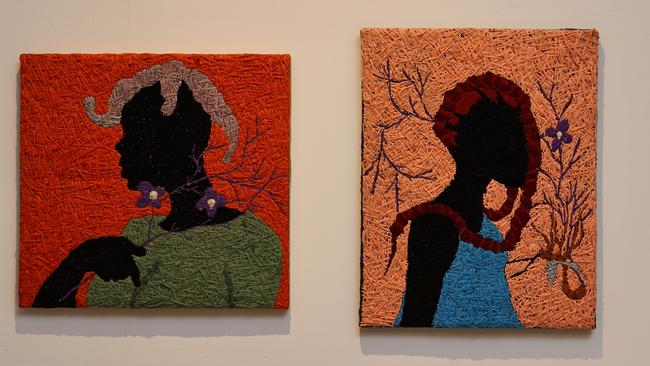
Fashion houses often pinpoint locations on a map for Cruise shows or other events, and ship in a coterie of press and clients to partake in the fanfare. This was not that (and fittingly so, for a former French colony); it was much more modest. After all, fashion has the powerful potential to be both poetic and meaningful; it should spark conversation, push creative boundaries, and bring joy – subjective though that might be. The big business of fashion, the machine that runs it, has lately flattened the industry into something overwhelmingly commercial, a message that hides the historical context, exceptional skill and talent that can make it truly unique.
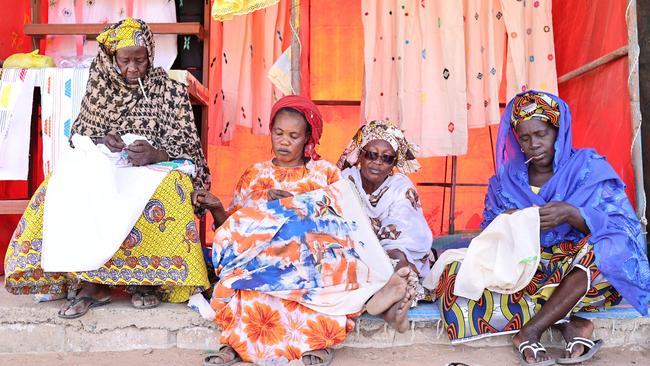
In addition to the haute couture industry, Chanel’s Métiers d’art workshops celebrate artisanal know-how and gives credence to the process and value of creation. So rather than just fly in and out, in January this year Chanel returned to Dakar to stage an exhibition, Sur le Fil – meaning On the Thread – a vibrant showcase of the richness and potential of embroidery and weaving as both an art form and craft.
“The idea of the exhibition is to ensure that contemporary creation and craftsmanship will be part of the future, so we worked with people who blend the two,” says Olivia Marsaud, one of the four curators of Sur Le Fil and the director of Dakar art space Galerie Le Manège and a visual arts advisor at the Institut Français du Senegal.
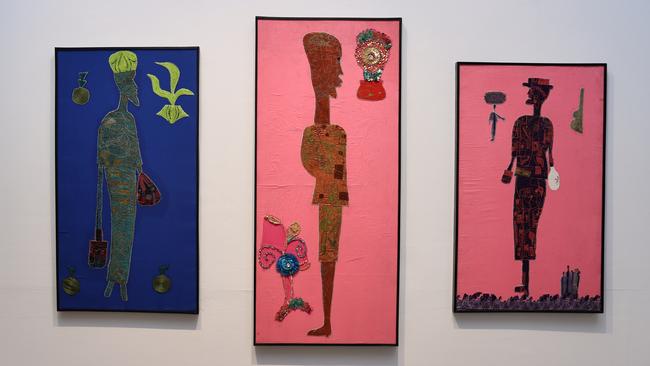
Marsaud was appointed by Chanel to be part of a curatorial committee with three other local figures, Riad Fakhri, the founder of Dakar’s culture hub come gallery Agence Trames, the curator El Hadji Malick Ndiaye, and the designer and filmmaker Selly Raby Kane. The exhibition opened at Le musée Théodore Monod d’art africain, under the affiliate of the Galerie du 19M, the gallery space of the Paris Métiers d’art hub, le19M. It featured commissioned work by 40 artists, all connected to the territory in some way, who worked with different mediums. Many of them created intricate works in collaboration with le19M’s Maisons d’art or local institutions, such as the Manufactures Sénégalaises des Arts Décoratifs in Thiès, east of Dakar.
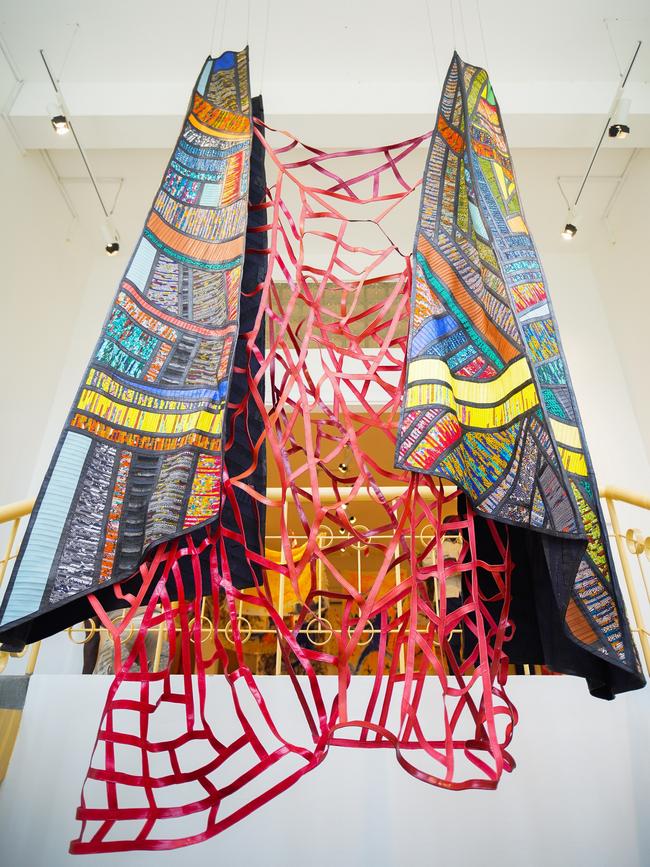
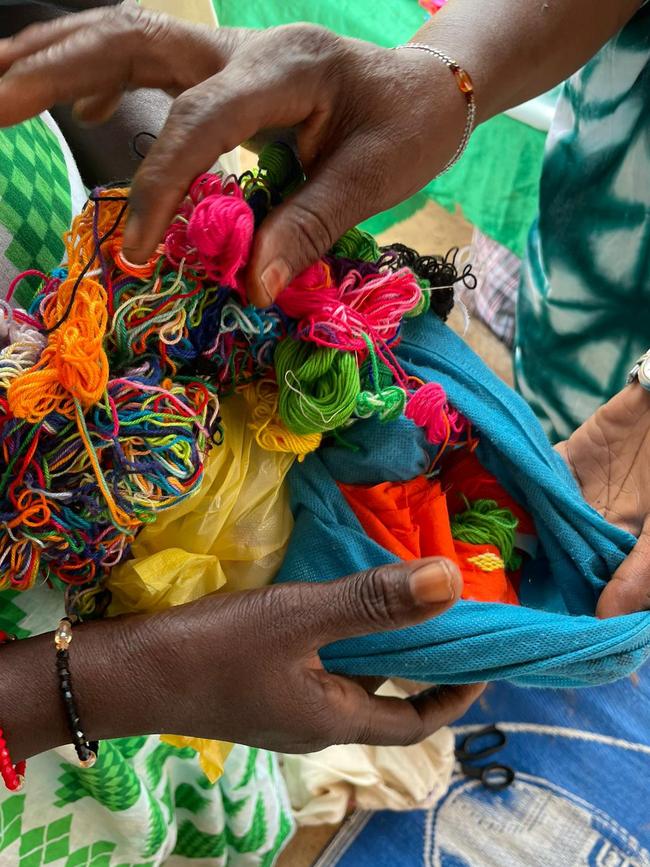
She cites the series of hybrid works produced by the French-based visual artist Julian Farade and the embroiderers from the village of Ngaye Mékhé north of Dakar. A vibrant commingling of art and craft, Farade’s figurative forms were painted on ivory cotton canvases and then overlaid with embroidery. “They met, and even though they don’t speak the same language – they speak the local tongue Wolof and he speaks French – it was so powerful,” says Marsaud. Another large-scale work, an illustration of a map of Dakar by the artist Benjamin Monteil, its landmarks rendered in brightly coloured embroidered beads by the Lemarié, Lesage and Montex Maisons d’art, travelled back and forth between Paris and Dakar over two months. (Sur le Fil arrives in Paris this month, where it will be open to the public at the le19M site in the suburb of Aubervilliers.)
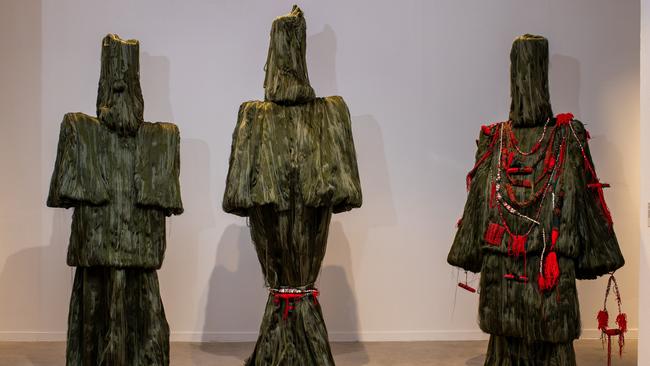
“Chanel doesn’t invest in art like other institutions – it doesn’t buy work and invite the public to visit. Their idea of art is to create an exhibition from scratch, and the intention is similar to19M in Paris, where they gather artisans they want to create, exhibit and transmit,” says Fakhri. Agence Trames’ 2000sq m space in the city centre functions as a socially engaged incubator that fosters local talent. Transmission, too, is a pillar of le19M, which has multiple training programs and apprenticeships onsite in Paris, and for the duration of the exhibition in Dakar, artisans from the French ateliers Montex, Lemarié, Lesage and Paloma hosted workshops that were open to the public.
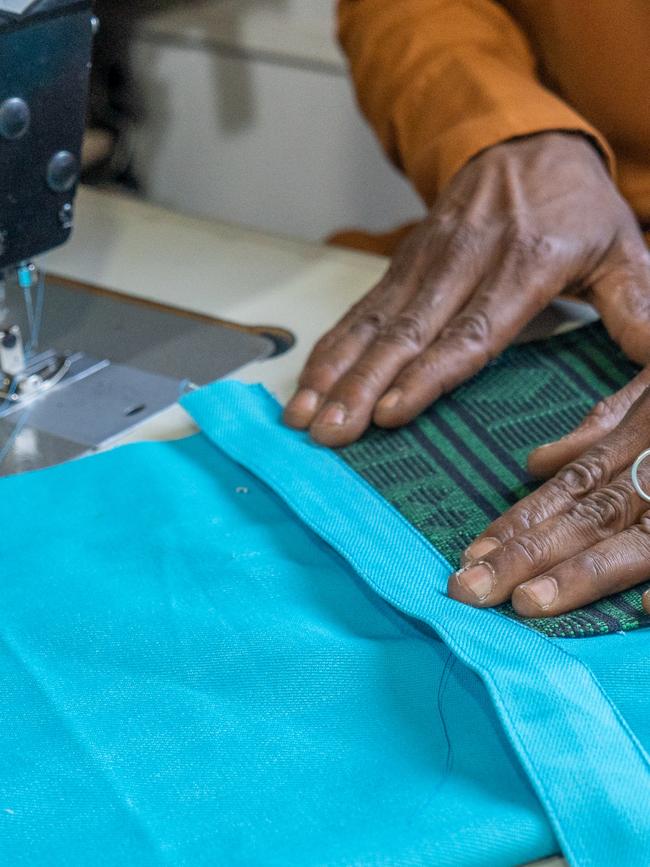
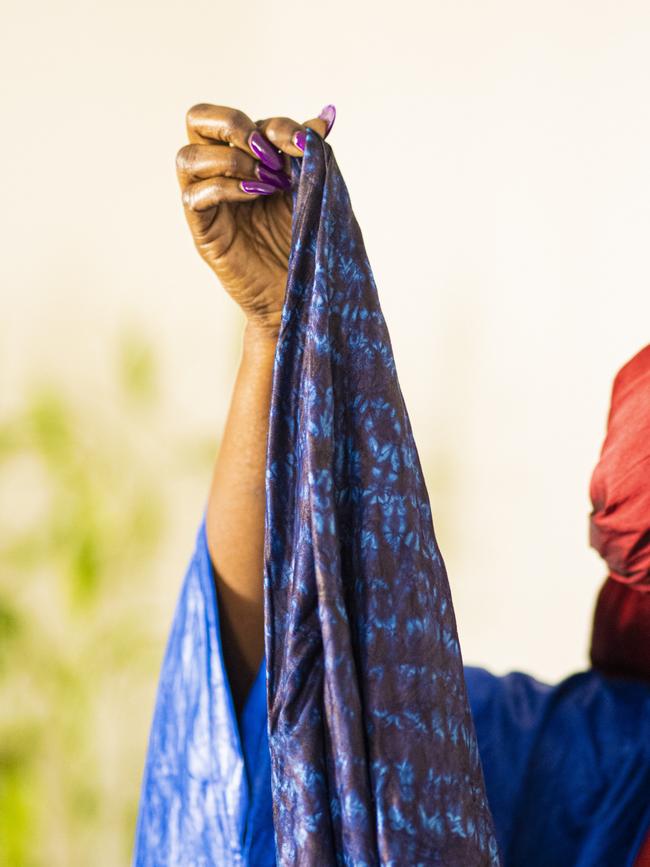
Unlike France, Senegal today does not have a robust textile industry. Traditional embroidery work is limited largely to religious garb or the boubou, a wide-sleeved robe or kaftan, and the Manufactures Sénégalaises des Arts Décoratifs was only inaugurated in the 1960s. However, both Fakhri and Marsaud feel Chanel’s initiatives could stimulate interest, at both an educational and state level. After all, a third of the 8000 visitors who passed through the exhibition were schoolchildren. “We wanted to transmit something that is forgotten in our modern society, and we hope people will rediscover this because it is linked to culture and identity, and it allows them to reconnect to that,” says Fakhri.
